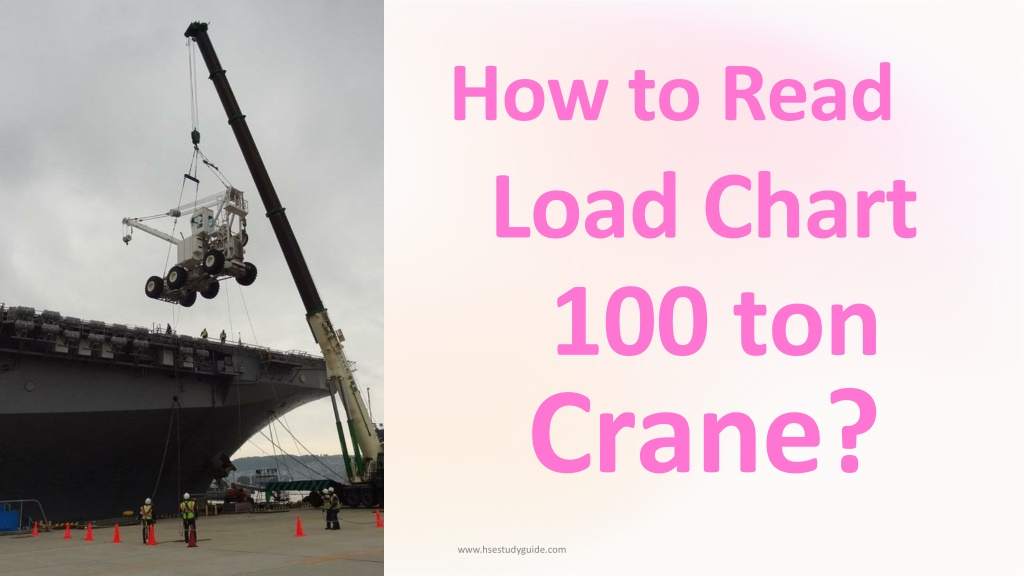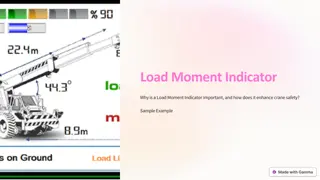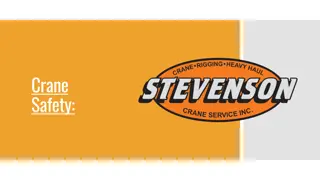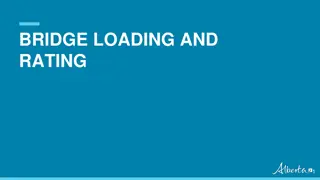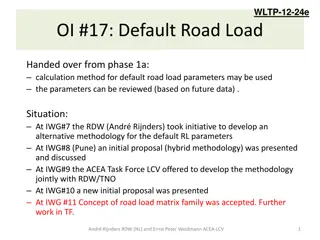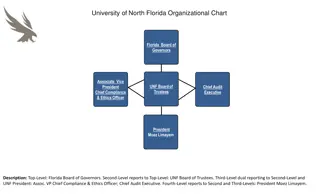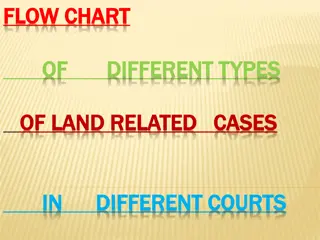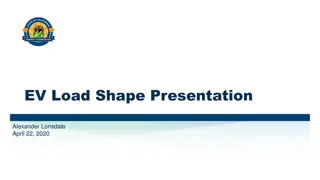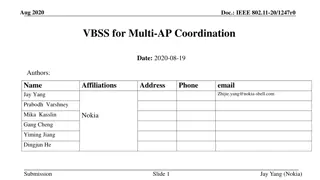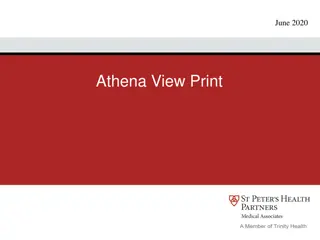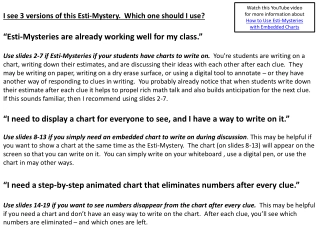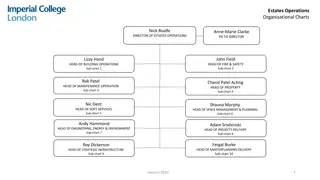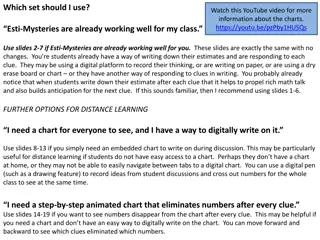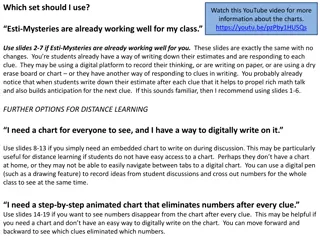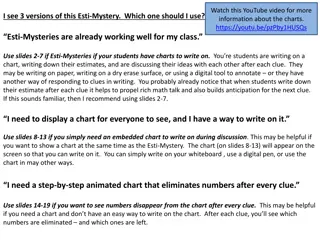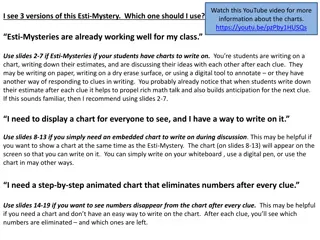Understanding How to Read a Load Chart for a 100-ton Crane
Load charts are essential for determining safe lifting capacities of cranes in construction and heavy machinery operations. This guide explains how to interpret load charts based on factors like boom length, operating radius, and load weight, ensuring safe and efficient crane operations. Learn to identify the specifics of load charts, understand variables, and determine lifting capacities for different configurations using a step-by-step approach.
Download Presentation

Please find below an Image/Link to download the presentation.
The content on the website is provided AS IS for your information and personal use only. It may not be sold, licensed, or shared on other websites without obtaining consent from the author. Download presentation by click this link. If you encounter any issues during the download, it is possible that the publisher has removed the file from their server.
E N D
Presentation Transcript
How to Read Load Chart 100 ton Crane? www.hsestudyguide.com
Load Chart A load chart is typically used in construction or heavy machinery to determine the safe operating capacities of cranes or other lifting equipment based on various factors like boom length, boom radius, and load weight. Here's a general guide on how to read a load chart: www.hsestudyguide.com
Identify the Load Chart:Load charts are specific to each type of equipment. Find the load chart for the particular crane or machinery you're using. Understand the Variables:Load charts have multiple variables, including boom length, operating radius, and load weight. These variables affect the machine's lifting capacity. Boom Length:The horizontal extension of the crane's arm. Load charts display different capacities for different boom lengths. Locate the column or section that corresponds to the boom length you intend to use. Operating Radius:The distance from the crane's center to the load. Find the row or section that matches the operating radius you'll be working with. Load Weight:Look for the load weight on the chart. Match it with the intersection of the specified boom length and operating radius. This point on the chart will indicate the safe lifting capacity for that particular configuration. www.hsestudyguide.com
A construction site requires a crane to lift a load of 6 tons at specific boom length and length and operating radius parameters. The crane operator needs to determine if the determine if the crane can safely handle this load at the given configuration. Load Chart Specifications: Given: Crane's Boom Length:52 meters Operating Radius:18 meters Load Weight to Lift:6 tons Boom Lengths:52 meters Operating Radii:18 meters Load Capacities: ? Steps to Determine the Capacity: 1. Identify the column for the 52-meter boom length on the load chart. 2. Locate the row for the 18-meter operating radius. 3. Look for the intersection of these values. 4. Find the load capacity closest to the intended load of 6 tons. www.hsestudyguide.com
As per the load chart: It indicates that at a 52-meter boom length and an 18-meter radius, the crane's safe lifting capacity shows a maximum of 9.1 tons. Result: According to the load chart, at the specified boom length and radius, the crane's safe lifting capacity is 9.1 tons. As the intended load is 6 tons, it falls within the safe lifting capacity for this configuration. Decision: Based on the load chart, the crane can safely lift the 6-ton load at the specified boom length and radius without exceeding the safe lifting capacity. The operation can proceed safely without concerns about overloading. www.hsestudyguide.com
